Prunella vulgaris – xia ku cao,Prunella vulgaris
[Medicinal use] This product is the inflorescence and fruit spike of Prunella vulgaris, a plant of the Lamiaceae family.
[Nature and flavor and meridians] Pungent, bitter, cold. Enters the liver and gallbladder meridians.
[Effects] Clear liver fire and disperse depression.
[Clinical application] 1. Used for liver fire inflammation, red and swollen eyes, eye pain; headache, dizziness and other symptoms.
Prunella vulgaris can clear liver fire and is an important medicine for treating red eyes, headache, and dizziness caused by liver fire inflammation. It is often used with chrysanthemum and stone cassia seed; if liver deficiency causes eye pain, which is particularly severe at night, it can be used in combination with angelica and white peony root.
2. Used for scrofula and phlegm nodules
Scrofula and phlegm nodules are mostly caused by liver qi stagnation, which turns into fire over time and stagnation of phlegm and fire. Prunella vulgaris can clear liver fire and disperse depression. It is a commonly used medicine for treating scrofula and tuberculosis, which belongs to phlegm and fire. Long-term use has certain effects. It is often used together with Scrophularia, Fritillaria, Forsythia, Oyster, Kelp, etc. in clinical practice.
[Prescription name] Prunella vulgaris (dried)
[Allmän dosering och användning] Tre till fem mynt, avkokta och tagna.
[Comments] 1. Prunella vulgaris is an important medicine for clearing liver fire and dispersing depression. It mainly treats diseases of the liver meridian.
2. This product is matched with chrysanthemum and cassia seed to clear the liver and improve eyesight, treat red and swollen eyes, and with stone cassia seed and Uncaria rhynchophylla, it can calm down liver yang and treat headaches and dizziness; with Scrophularia, Fritillaria, oysters, etc., it can soften and disperse nodules and treat scrofula and tuberculosis.
3. In recent years, it has also been used for tumors in clinical practice.
[Example of prescription] Prunella vulgaris paste “Medical Mirror”: Prunella vulgaris, Angelica sinensis, White Peony Root, Scrophularia ningpoensis, Linderae sutchuenensis, Fritillaria thunbergii, Bombyx batryticatus, Kelp, Tangerine Peel, Platycodon grandiflorum, Rhizoma Chuanxiong, Licorice, Cyperus rotundus, Safflower. Treats dry liver and blood, scrofula and hardness.
This product is the dried fruit spike of Prunella vulgaris L, a plant of the Labiatae family. Harvested when the fruit spike is brown-red in summer, remove impurities, and dry in the sun.
[Egenskaper]
This product is cylindrical, slightly flat, 1.5~8cm long, 0.8~1.5cm in diameter; light brown to brown-red. The whole spike is composed of several to 10 whorls of persistent calyx and bracts, each whorl has 2 opposite bracts, fan-shaped, with a pointed tail at the tip, obvious veins, and white hair on the outer surface. There are 3 flowers in each bract, and most of the corollas have fallen off. The persistent calyx is two-lipped, with 4 small nuts inside, oval, brown, and white protrusions at the tip. Light in weight. Slight odor and light taste.
[Identifiering]
(1) This product is gray-brown in powder. Non-glandular hairs are mostly single-celled and triangular in shape; multicellular hairs can sometimes be seen with several cells in the middle shrunken and with small warty protrusions on the surface. There are two types of glandular hairs: one with a single-cell head and a double-cell stalk; the other with a double-cell head and a single-cell stalk. The latter has a cavity filled with yellow secretions. The head of the glandular scale is rounded from the top, with 4 cells and a diameter of 39-60um, and some contain yellow secretions. The surface of the heteromorphic cells of the persistent flower camp is deeply wavy and curved around the anticlimax, with a diameter of 19-63um, and the cavity sometimes contains light yellow or yellow-brown substances.
(2) Take 2.5g of this product powder, add 30ml of 70% ethanol, ultrasonically treat for 30 minutes, filter, evaporate the filtrate to dryness, add 5ml of ethanol to the residue to dissolve it, and use it as the test solution. Take another rosmarinic acid reference substance, add ethanol to make a solution containing 0.1mg per 1ml, and use it as the reference solution. According to the thin layer chromatography method (General Rule 0502), take the test solution 2 and the reference solution 51, and spot them on the same gel G thin layer plate respectively. Use cyclohexane-ethyl acetate-isopropanol-formic acid (15:3:3.5:0.5) as the developing agent, develop, take out, dry, and inspect under ultraviolet light (365nm). In the chromatogram of the test sample, fluorescent spots of the same color appear at the corresponding positions of the chromatogram of the reference.
[Inspektion]
Water content shall not exceed 14.0% (General Rule 0832 Second Method).
Total ash content shall not exceed 12.0% (General Rule 2302).
Acid insoluble ash content shall not exceed 4.0% (General Rule 2302)
[Extrahera]
Determined by the hot leaching method under the water-soluble extract determination method (General Rule 2201), it shall not be less than 10.0%.
【Bestämning av innehåll】
Determine according to high performance liquid chromatography (General Rule 0512).
Chromatographic conditions and system suitability test Use octadecyl tantalum bonded tungsten gum as filler: methanol-0.1% trifluoroacetic acid solution (42:58) as mobile phase: detection wavelength is 330nm. The number of theoretical plates calculated based on the rosmarinic acid peak should not be less than 6000.
Preparation of reference solution Take an appropriate amount of rosmarinic acid reference, accurately weigh it, add dilute ethanol to make a solution containing 0.5mg per 1ml, and obtain it.
Preparation of test solution Take about 0.5g of this product powder (passed through No. 2 sieve), accurately weigh it, put it in a stoppered conical flask, accurately add 50ml of dilute ethanol, ultrasonically treat (power 90W, frequency 59kHz) for 30 minutes, cool it, weigh it again, make up the lost weight with dilute ethanol, shake it well, filter it, and take the filtrate to obtain it.
Determination method: Accurately aspirate 5u of reference solution and test solution respectively, inject into liquid chromatography, and determine.
This product, calculated as dry product, contains no less than 0.20% of rosmarinic acid (C18H1608).
[Natur och smak och meridianer]
Pungent, bitter, cold. Enter the liver and gallbladder meridians
[Funktioner och indikationer]
Clear the liver and purge fire, improve eyesight, disperse nodules and reduce swelling. Used for red and swollen eyes, night pain in the eyes, headache and dizziness, scrofula, goiter, breast abscess, breast lumps, and breast pain.
[Användning och dosering]
9~15g.
[Lagring]
Put in a dry place.
Where is Prunella vulgaris mainly produced?
It is mainly produced in Jiangsu, Zhejiang, Anhui, Henan, and Hubei.
Where is the main part of Prunella vulgaris used as medicine?
The medicinal part of Prunella vulgaris:
The dried fruit spike of Prunella vulgaris L., a plant of the Labiatae family.
The characteristics of the medicinal part of Prunella vulgaris:
This product is cylindrical, slightly flat, 1.5~8cm long, 0.8~1.5cm in diameter; light brown to red. The whole spike is composed of several to 10 rounds of persistent calyx and bracts, each round has 2 opposite bracts, fan-shaped, with sharp tails at the tip, obvious veins, and white hairs on the outer surface.
There are 3 flowers in each bract, and most of the corollas have fallen off. The persistent calyx is two-lipped, with 4 small nuts inside, oval, brown, and with white protrusions at the tip. The body is light. The smell is slight and the taste is light.
How is Prunella vulgaris recorded in ancient books?
“Ben Jing”: “It can cure cold and heat, scrofula, rat paralysis, head sores, ulcers, and ulcers. It can disperse goiter and qi, and swollen and damp feet. “Ben Cao Fen Jing”: “It can disperse the stagnation of liver fire, relieve internal heat, disperse qi, eliminate goiter, and treat night pain in the eyeballs. “Yunnan Materia Medica”: “It can dispel liver wind and promote the circulation of meridians. It can treat crooked mouth and eyes, promote liver qi, relieve liver depression, stop muscle and bone pain, eyeball pain, and disperse scrofula and tuberculosis throughout the body.
Effekter
Prunella vulgaris has the effects of clearing liver and purging fire, improving eyesight, dispersing nodules and reducing swelling.
What are the main effects and clinical applications of Prunella vulgaris?
Prunella vulgaris is used for red and swollen eyes, night pain in the eyeballs, headache and dizziness, scrofula, goiter, breast abscess, breast ailment, breast tuberculosis Painful swelling.
Eye redness and swelling, eye pain at night, headache and dizziness
It can be used alone or with chrysanthemum, cassia seed, and stone cassia seed to treat liver heat eye redness and swelling, headache and dizziness caused by liver fire;
It can be used to treat liver deficiency eye pain, especially at night, and can be ground into powder with cyperus and licorice, and taken with clear tea;
It can be used to treat dizziness and headache caused by hyperactivity of liver yang, and can be used with scutellaria, magnet, mother of pearl, etc.
Sores, goiters, breast abscesses and breast lumps
It can treat liver depression and fire , ulcers caused by phlegm and fire accumulation, phlegm nodules, neck goiters, unchanged skin color, or swelling or pain, can be used alone; for breast abscesses, breast lumps, and breast pain caused by liver qi stagnation and phlegm and heat, it can be used together with dandelions, kelp, and Scrophularia.
What other effects does Prunella vulgaris have?
In my country’s traditional food culture, some Chinese medicinal materials are often widely consumed as ingredients by the people, that is, materials that are both food and Chinese medicinal materials according to tradition. According to the documents issued by the National Health Commission and the State Administration for Market Regulation, Prunella vulgaris can be used (instant edible medicinal substances) within a limited range of use and dosage. As both medicine and food.
Commonly used medicinal diet recipes for Prunella vulgaris are as follows:
Hypertension, dizziness
60g each of Scutellaria baicalensis and Prunella vulgaris, decocted in water.
Cervical lymph node tuberculosis
18g each of kelp and Prunella vulgaris, 15g of seaweed, 9 each of green peel and white mustard g. Decoction.
Mastitis at the beginning, breast pain
Equal parts of Prunella vulgaris and dandelion. Decoction with wine, or pills.
Pulmonary tuberculosis
30g of Prunella vulgaris, decoction concentrated into paste, dried, add 3g of Artemisia annua powder, 1.5g of turtle shell powder, mix well. It is a daily dose (can also be made into pills for consumption), divided into 3 doses.
What are the compound preparations containing Prunella vulgaris?
Qingnao Jiangyan Tablets
Pinggan Qianyang. Used for Dizziness caused by hyperactivity of liver yang, symptoms include dizziness, headache, stiff neck, and high blood pressure.
Prunella Vulgaris Oral Liquid
Clears heat, dissipates stagnation, and reduces swelling. Used for headache, dizziness, scrofula, goiter, and breast abscess caused by internal heat; patients with thyroid enlargement, lymph tuberculosis, and breast hyperplasia with the above symptoms.
Rupixiao Tablets
Softens and dissipates stagnation, activates blood circulation and eliminates abscesses, clears heat and detoxifies. Used for breast abscesses and breast abscesses caused by phlegm and heat. Symptoms include breast nodules, different numbers, different sizes and shapes, soft texture, or postpartum breast lumps, redness, heat and pain; breast hyperplasia and early mastitis with the above symptoms.
Modern research progress on Prunella vulgaris
This product has multiple pharmacological effects such as anti-pathogenic microorganisms, lowering blood pressure, lowering blood sugar, anti-tumor, and anti-coagulation.
Användande
Prunella vulgaris has the effects of clearing the liver and purging fire, improving eyesight, dispersing nodules and reducing swelling. It can be taken with decoction or boiled in water. Please consult a doctor for specific medication.
How to use Prunella vulgaris correctly?
When Prunella vulgaris decoction is taken orally, the usual dosage is 9~15g.
Prunella vulgaris is generally used in decoctions, decoctions, and can also be made into powders or pills. However, the use of Chinese medicinal materials must be treated according to syndrome differentiation and should be used under the guidance of professional Chinese medicine practitioners. It should not be used at will, and it is even more forbidden to listen to Chinese medicine prescriptions and advertisements at will. In addition, Prunella vulgaris can also be used for daily health care. Common ways of consumption are as follows:
Some herbal teas are added with Prunella vulgaris, which uses the function of clearing heat to achieve the effect of removing dampness and heat, preventing heatstroke and cooling down. But note that Prunella vulgaris is cold in nature. People with weak spleen and stomach or people with rheumatism will easily cause diarrhea or even aggravate their condition if they drink it; and Prunella vulgaris should not be used for a long time.
How to prepare Prunella vulgaris?
Clean it, pick out impurities, remove the stems, and sieve out the soil. Cut and drain, cut into sections, and dry them.
Which drugs should be used with Prunella vulgaris at the same time?
Den kombinerade användningen av kinesisk medicin och den kombinerade användningen av kinesiska och västerländska mediciner kräver syndromdifferentiering och klinisk individuell behandling.
Om du använder andra droger, kontakta en läkare innan du tar läkemedlet och informera läkaren om alla dina diagnostiserade sjukdomar och den behandlingsplan du får.
Instructions for use of Prunella vulgaris
Prunella vulgaris is cold and clear, so people with weak spleen and stomach should take it with caution.
What precautions should be taken when using Prunella vulgaris?
People with weak spleen and stomach should use it with caution.
·Var försiktig under medicineringen så att du inte äter kall, rå och kall mat, kryddig och fet mat.
Gravida och ammande kvinnor: Om du är gravid, planerar att bli gravid eller ammar, vänligen informera din läkare i tid och rådfråga om kinesisk medicin kan användas för behandling.
· Barn: Barnmedicinering måste utföras under ledning av en läkare och vuxen tillsyn.
· Förvara läkemedlet ordentligt och ge inte ditt eget läkemedel till andra.
Läkemedelstips
Patienternas vanligaste frågor
Efficacy and function of white-haired selfheal
White-haired selfheal is the whole plant of Ajuga decumbens Thunb., a plant of the Labiatae family.
It has the effects of relieving cough and reducing phlegm, clearing heat, cooling blood, reducing swelling and detoxification.
It is mainly used to treat tracheitis, vomiting blood, epistaxis, dysentery, gonorrhea, sore throat, furuncle, carbuncle, and traumatic injury.
Can selfheal oral liquid treat breast hyperplasia?
Yes. Selfheal oral liquid is a Chinese patent medicine composed of selfheal.
It has the effects of clearing heat, dispersing knots, and reducing swelling.
It is used for headache, dizziness, scrofula, goiter, mastitis, swelling and pain; goiter, lymph node tuberculosis, and breast hyperplasia.
What diseases does Prunella vulgaris tablets mainly treat?
Prunella vulgaris tablets are a kind of Chinese patent medicine. It is composed of Prunella vulgaris,
and has the effects of clearing heat, dispersing knots, and reducing swelling.
It is used for headache, dizziness, scrofula, goiter, mastitis, swelling and pain caused by internal heat; goiter, lymph node tuberculosis, and breast hyperplasia with the above symptoms.
Can Prunella vulgaris treat thyroid nodules?
Prunella vulgaris has a certain auxiliary effect on the treatment of thyroid nodules, and Prunella vulgaris is a relatively common Chinese patent medicine, which can not only clear liver fire, but also disperse knots and reduce swelling, and also has antibacterial and anti-inflammatory effects, so when suffering from thyroid nodules, it can be treated by taking Prunella vulgaris. However, if the condition is more serious, simply taking summer cypress will not be very effective, and surgery is also needed to treat the condition completely and prevent the occurrence of complications.
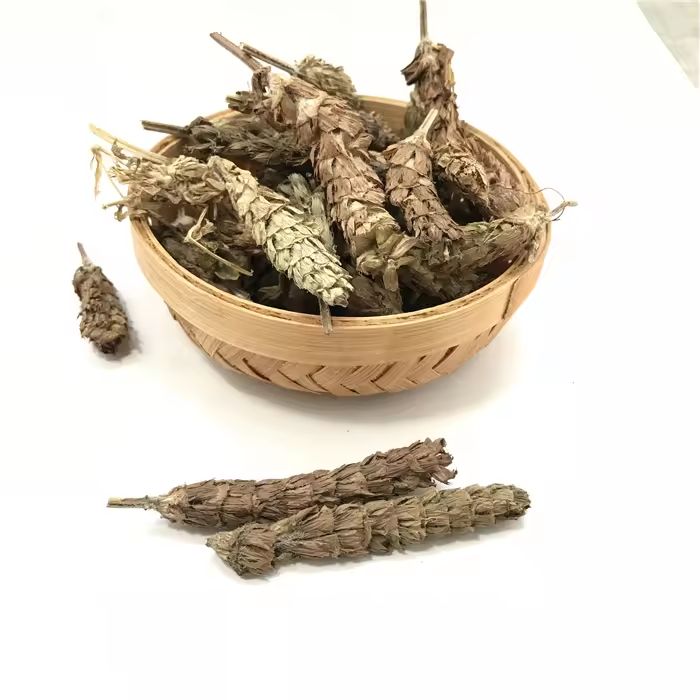
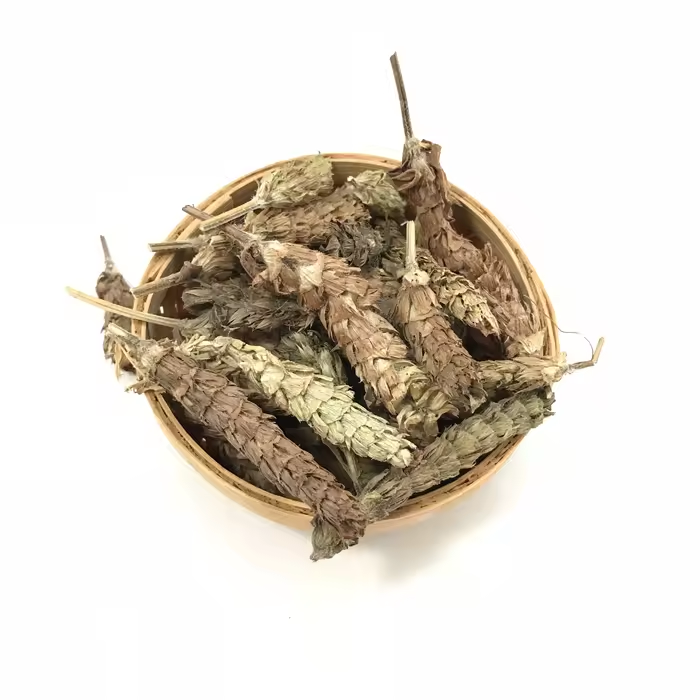
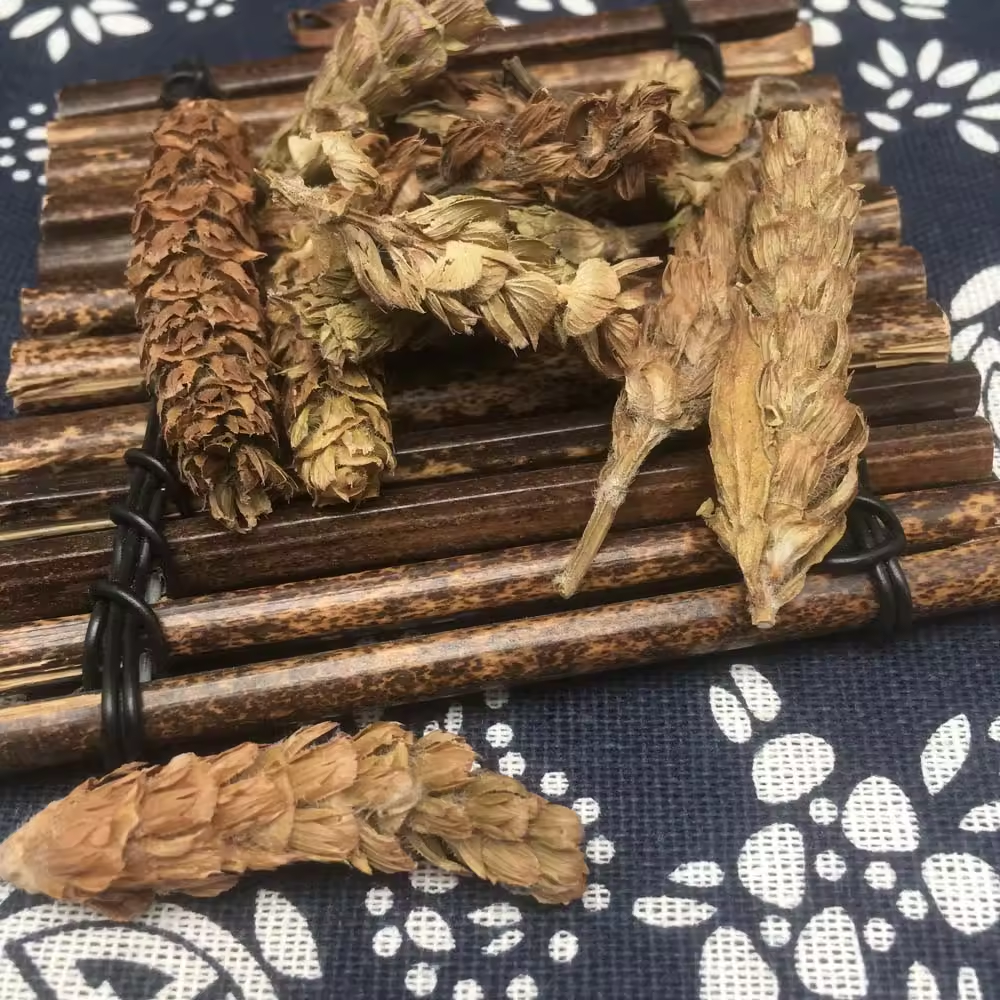


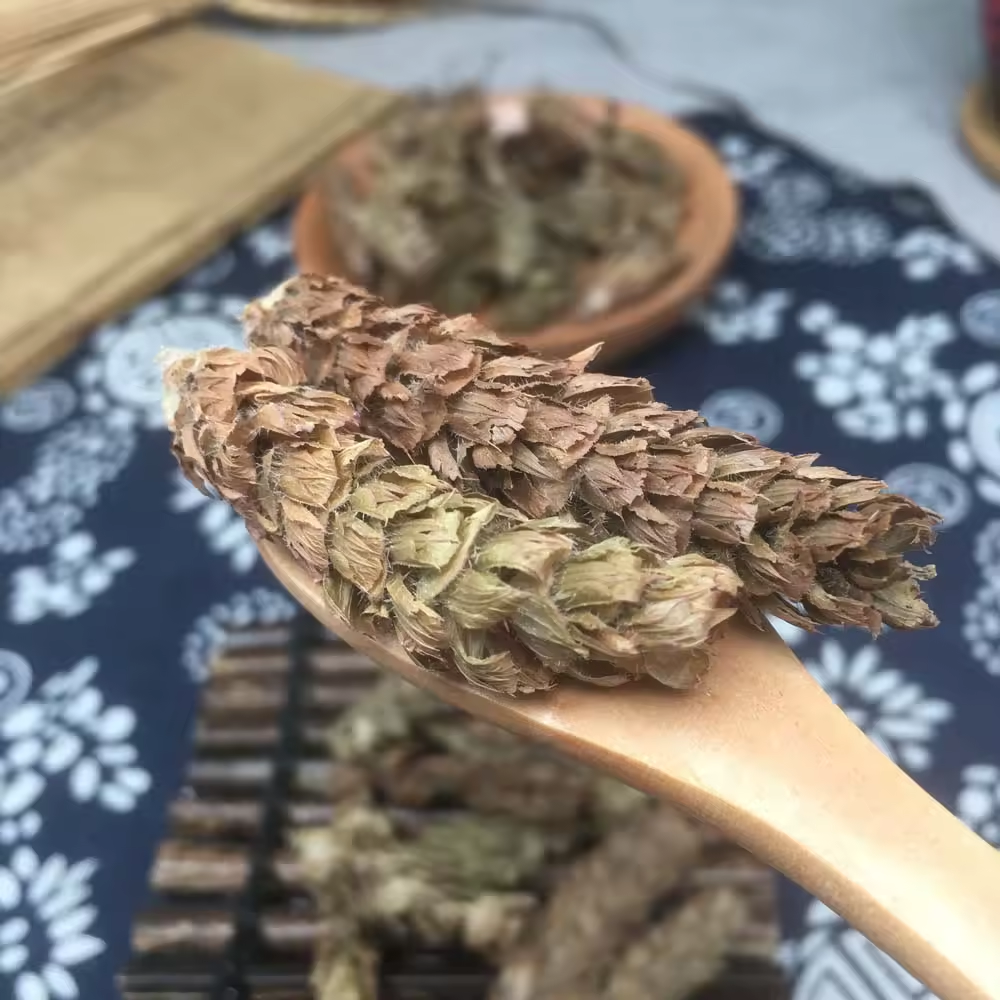

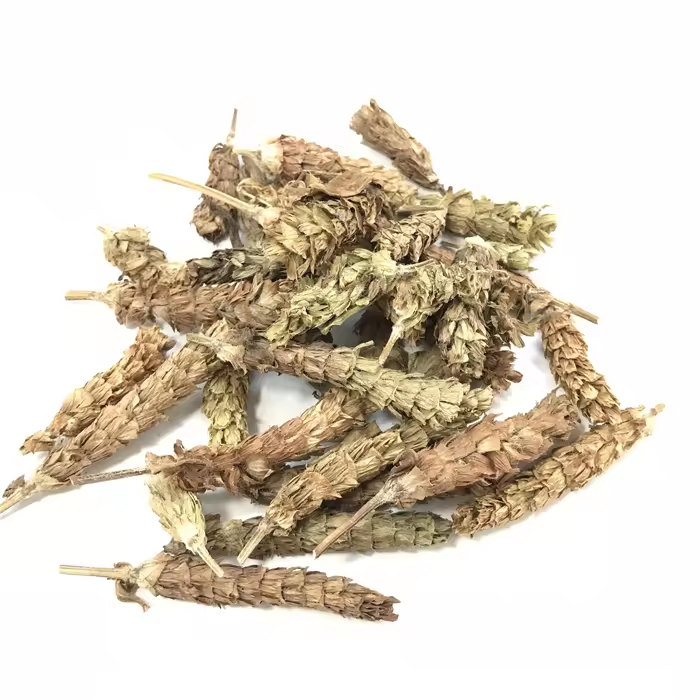
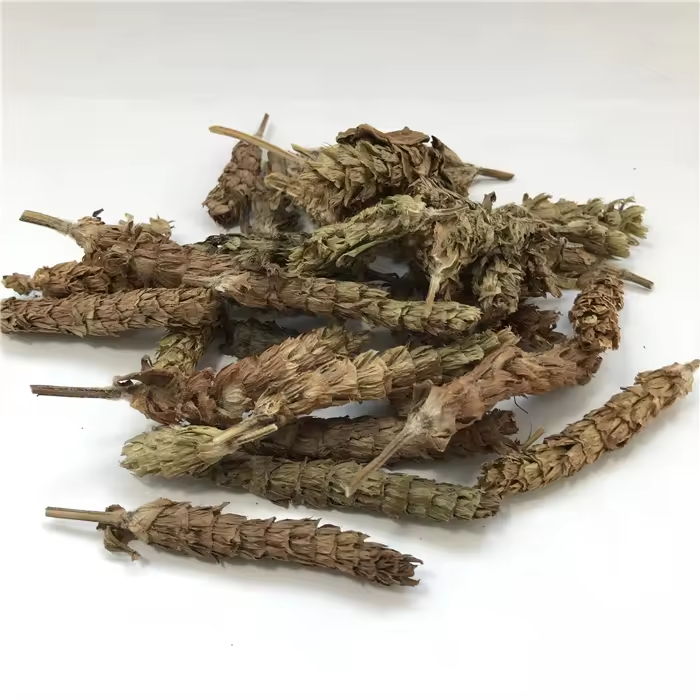
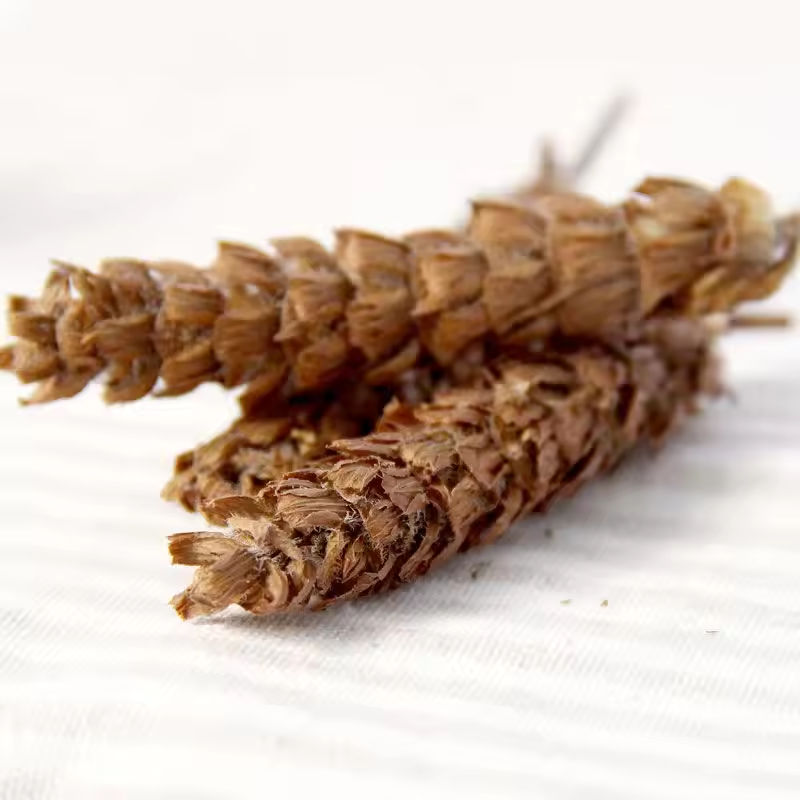


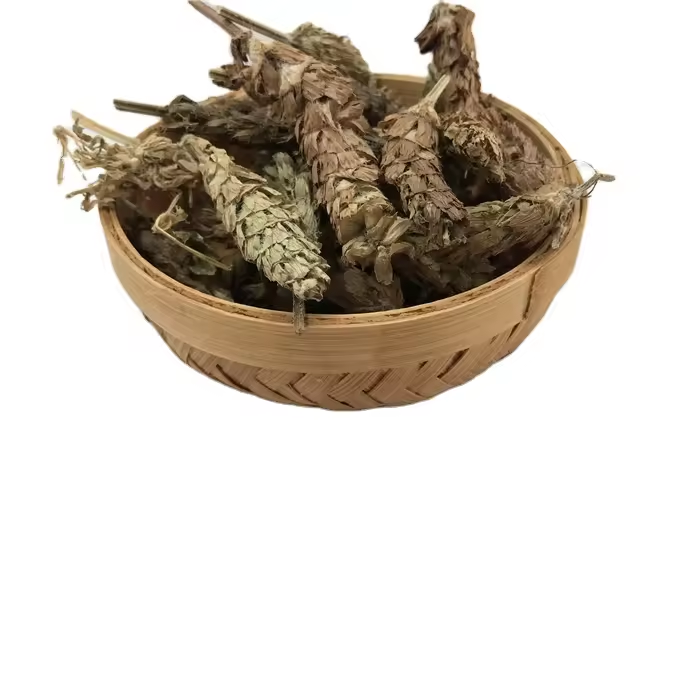
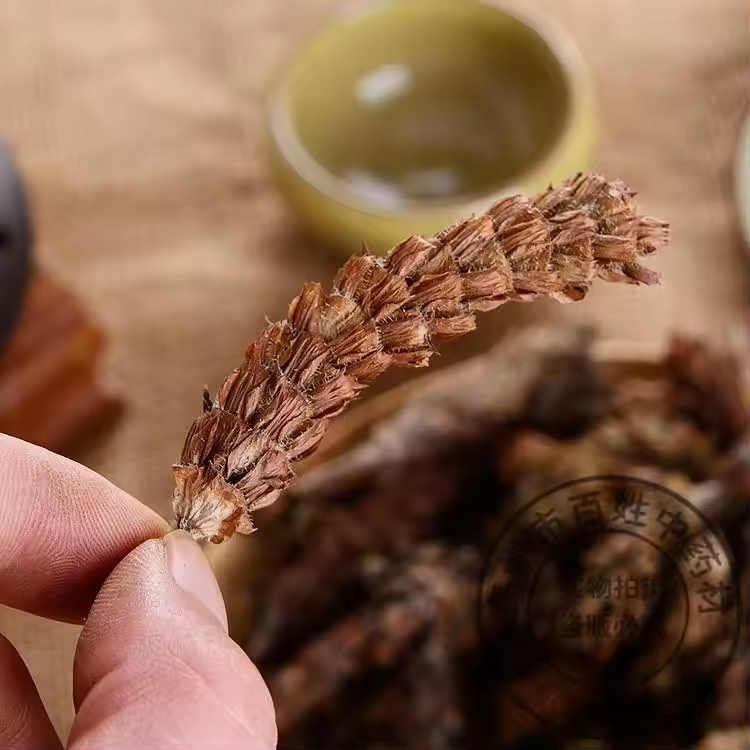
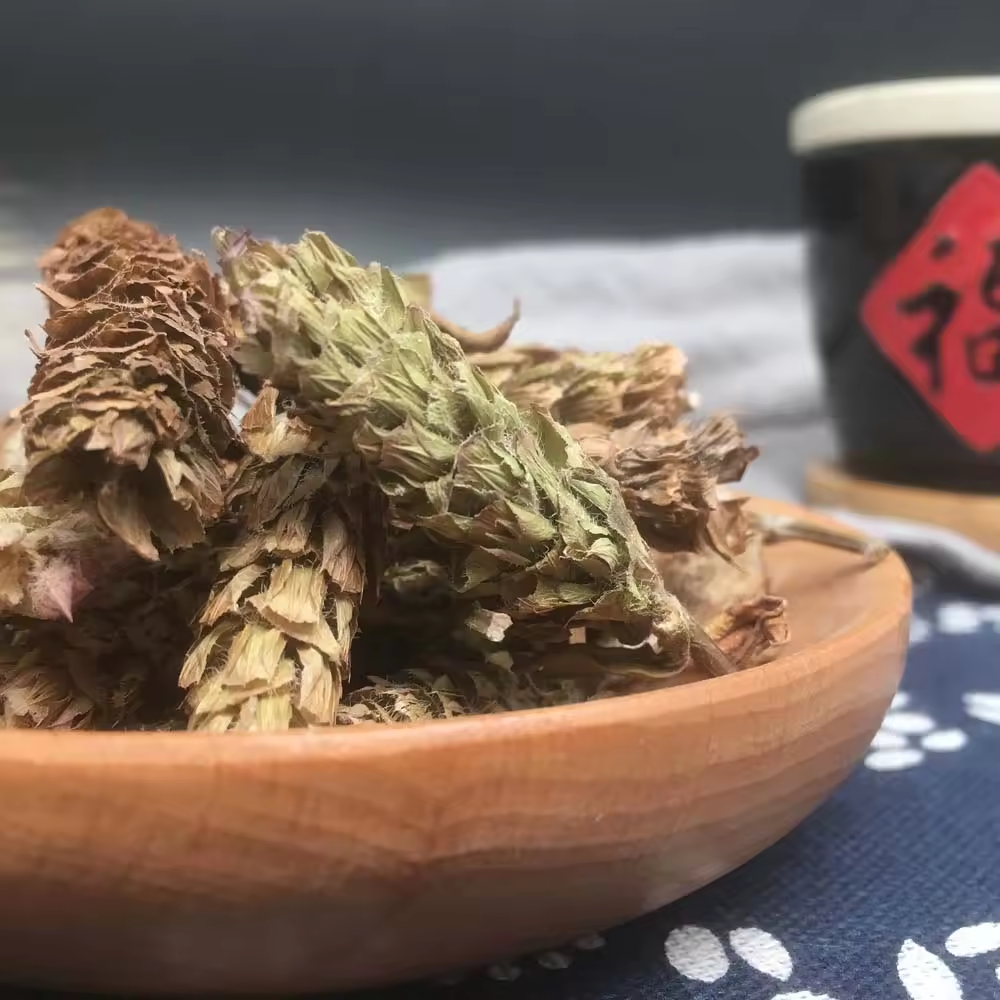




Recensioner
Det finns inga recensioner ännu.